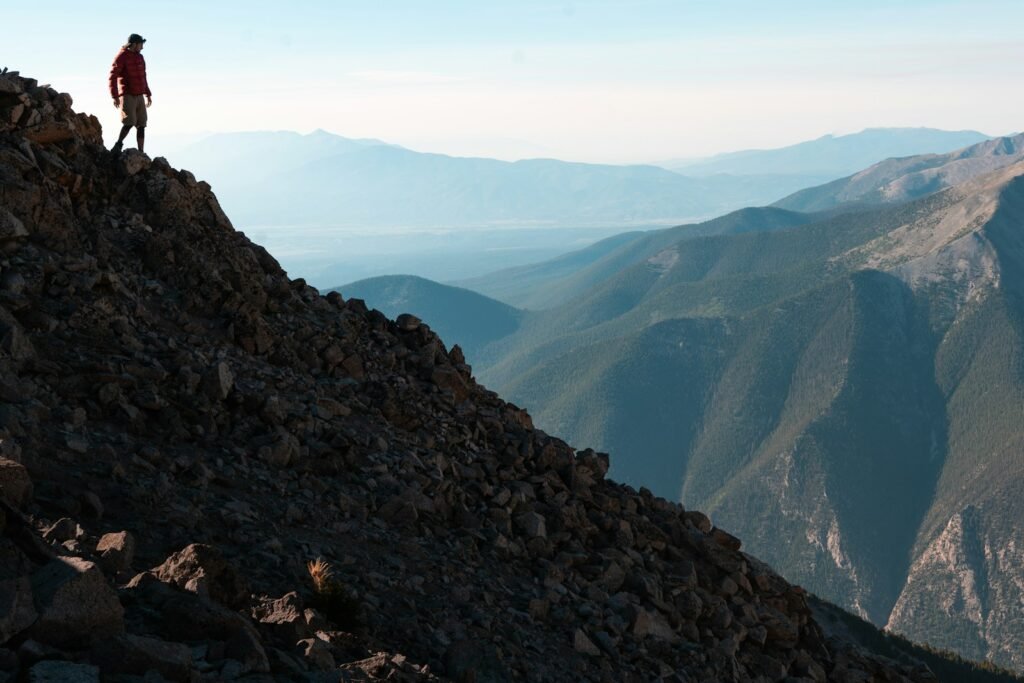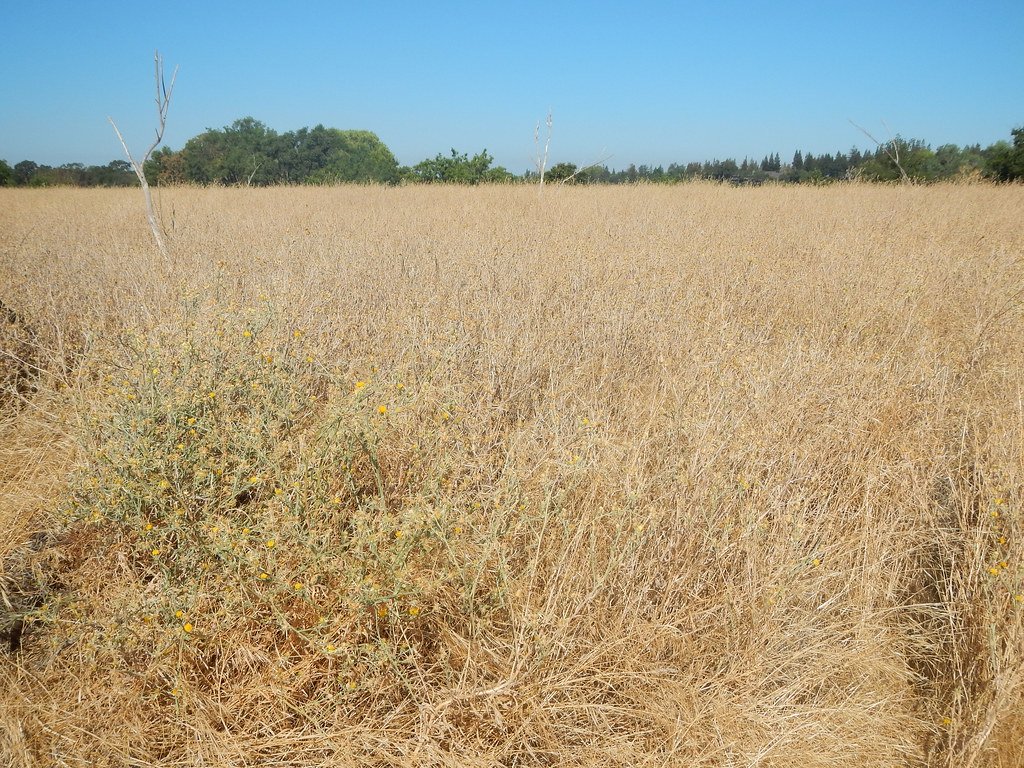Adventure is having a moment, from backyard bio-blitzes to private rockets, and a familiar question keeps surfacing: is the urge to roam written in the stars or carved by science? The tension is irresistible – ancient zodiac stories on one side, modern brain scans and genetics on the other. As a science journalist who has logged more time in field camps than in lecture halls, I’ve watched that tug-of-war play out in the mud, the snow, and sometimes the lab. The short answer is bracingly clear: no credible evidence links your birth sign to your appetite for discovery, but there is a growing, nuanced map of traits and environments that nudge people toward exploration. That map is changing how we train scientists, select crews, and even design tools for the next era of discovery.
The Hidden Clues

What if the itch to chase horizons isn’t coded by constellations, but by how our brains weigh novelty against uncertainty? Researchers studying curiosity and exploration point to circuits that tune reward expectations, help us tolerate ambiguity, and push us to sample the unknown. Those circuits don’t check your horoscope; they respond to learning history, stress levels, and opportunities to play with new information.
When I tagged along with a cave team in desert heat, the most relentless explorer was a soft-spoken data analyst who treated each passage like a puzzle, not a dare. That mix – playfulness, patience, and measured risk – is a better predictor of discovery than any star chart. The hidden clues live in psychology, experience, and context, not the month on your birth certificate.
From Ancient Tools to Modern Science

For millennia, people read the sky to navigate oceans and seasons; the zodiac was a calendar and a canvas, not a lab report. Over time, those symbols drifted into personality claims that are charming, but test poorly when measured against robust data. Modern science swaps mythic archetypes for instruments that track behavior, from wearable sensors that capture micro-adventures to tasks that quantify curiosity in controlled settings.
Genetic studies add another layer, flagging tiny, complex influences on temperament and novelty-seeking that operate across populations and environments. Brain imaging, meanwhile, shows how learning signals shift when we explore efficiently versus recklessly. None of these tools point to star signs; they point to patterns that anyone, born any month, can strengthen.
The Explorer Profile

Strip away the lore, and an explorer’s profile starts to look surprisingly down-to-earth: high curiosity, comfort with uncertainty, careful risk calibration, persistence, and social trust. In the field, I’ve seen those traits in polar engineers packing a sled at midnight and in urban naturalists cataloging moss between bus stops. The bravado stereotype fades fast; what matters is the quiet habit of asking better questions, then testing them in the wild.
Exploration also comes in many scales, and micro-explorers can be as transformative as the macro kind. A lab tech who prototypes a new sampling method can unlock as much discovery as a mountaineer pushing a new route. If you’re looking for a sign, start with your habits and your practice, not your stars.
Season-of-Birth Effects, Not Star Signs

People often nudge back with a twist: if not zodiac, what about birth season? Here the science is both careful and modest – season-of-birth effects can shape early exposures like daylight, temperature, and nutrient levels, which may leave faint fingerprints on development. These effects are small, population-level tendencies, not destinies, and they don’t line up cleanly with astrological boundaries anyway.
If you’ve heard that Sagittarius or Aries is “born to roam,” that’s storytelling, not science. The real levers are access, encouragement, and skill-building, from family trips that normalize uncertainty to teachers who reward tinkering over tidy answers. Any sign can cultivate the explorer’s mindset when those levers move in the right direction.
Global Perspectives

Human history is a travelogue of migrations, trade winds, and stubborn curiosity, and no single culture owns exploration. Polynesian wayfinders crossed vast blue deserts; steppe communities rode shifting frontiers; forest botanists mapped medicines by scent and patience. These traditions grew from need and knowledge networks, not astrological assignments.
Today, opportunity still shapes who gets to explore. Visas, safety, equipment, and mentorship open doors for some and bolt them for others, which is why talent pipelines matter more than tales about star signs. When we invest in access, we watch exploration blossom across backgrounds, languages, and hemispheres.
Why It Matters

Framing discovery as fate risks shrinking the pool of people who try, and the world can’t afford that. Climate change, biodiversity loss, and deep-space missions don’t need a handful of “chosen” personalities; they need diverse teams trained to explore responsibly. Compared with horoscope-based sorting, evidence-driven approaches – think structured problem-solving tasks, team simulations, and validated personality inventories – do a better job matching people to roles.
There’s also a fairness angle: telling a child their birth month limits curiosity is a self-fulfilling error. Swap that with practice-based coaching, and you discover how quickly exploratory skills grow. It’s not magic; it’s method, mentorship, and feedback loops that anyone can enter.
The Future Landscape

What’s next is quietly radical. Digital phenotyping can turn everyday smartphone data into clues about how we explore cities or information, while portable neurotech tracks focus and fatigue in real time. Virtual field labs let crews rehearse Mars traverses or coral surveys without leaving the classroom, compressing learning curves and widening access.
These tools raise hard questions about privacy, equity, and bias, which must be worked out as carefully as a route on thin ice. Meanwhile, climate shifts are rewriting maps – from new Arctic passages to fire-prone landscapes – demanding explorers who read risks with precision. The future rewards curiosity with guardrails, not bravado with blinders.
Conclusion

If the explorer’s DNA is really a toolkit, you can start building yours today. Practice asking better questions during a routine walk, or audit your week for tiny experiments – a new trail, a different bus route, a field guide tucked beside your coffee mug. Pick one uncertainty you can test safely, then share the result with someone who will challenge, not cheerlead, your method.
Support the institutions that widen the doorway: public libraries that loan sensors, community labs that run open workshops, and local land trusts that maintain places to learn by doing. Retire the star-sign script and replace it with a habit of noticing, testing, and refining – because real exploration is less about who you are and more about how you work. Ready to rewrite your map, starting on the block you already know best?

Suhail Ahmed is a passionate digital professional and nature enthusiast with over 8 years of experience in content strategy, SEO, web development, and digital operations. Alongside his freelance journey, Suhail actively contributes to nature and wildlife platforms like Discover Wildlife, where he channels his curiosity for the planet into engaging, educational storytelling.
With a strong background in managing digital ecosystems — from ecommerce stores and WordPress websites to social media and automation — Suhail merges technical precision with creative insight. His content reflects a rare balance: SEO-friendly yet deeply human, data-informed yet emotionally resonant.
Driven by a love for discovery and storytelling, Suhail believes in using digital platforms to amplify causes that matter — especially those protecting Earth’s biodiversity and inspiring sustainable living. Whether he’s managing online projects or crafting wildlife content, his goal remains the same: to inform, inspire, and leave a positive digital footprint.




